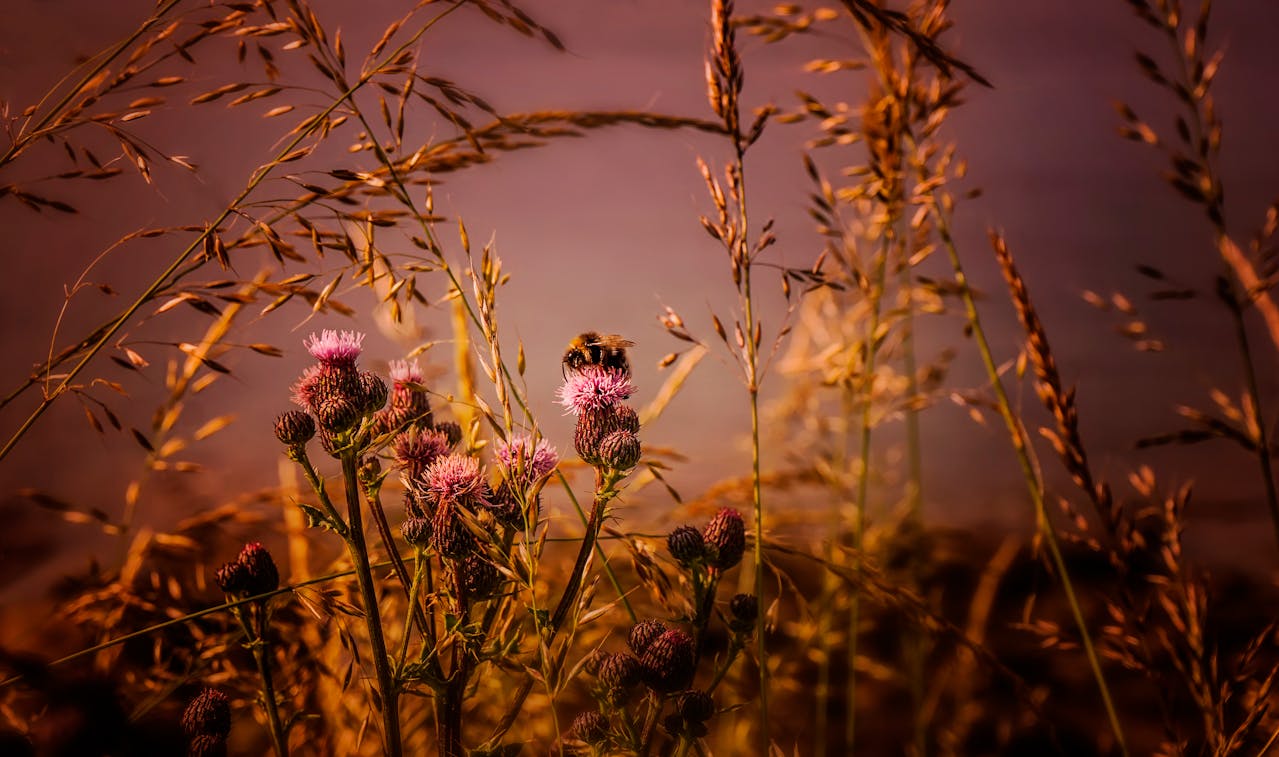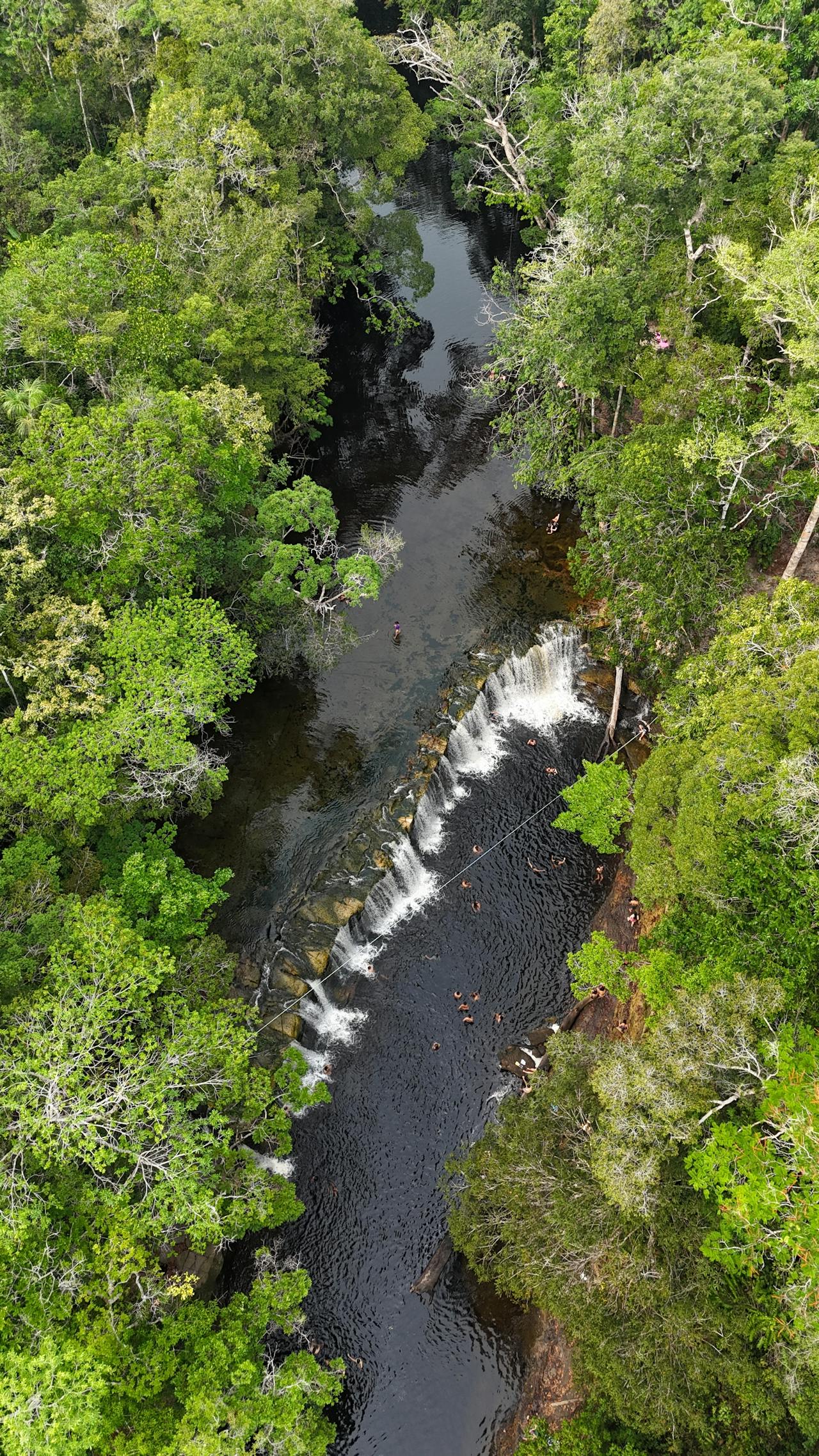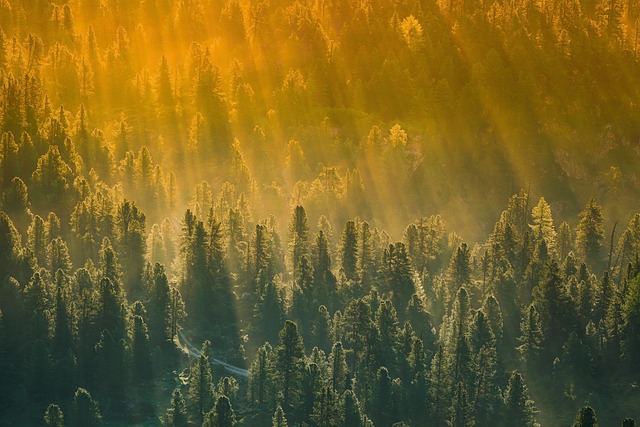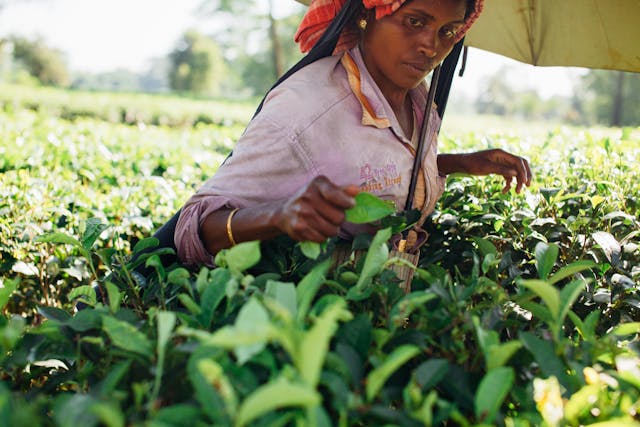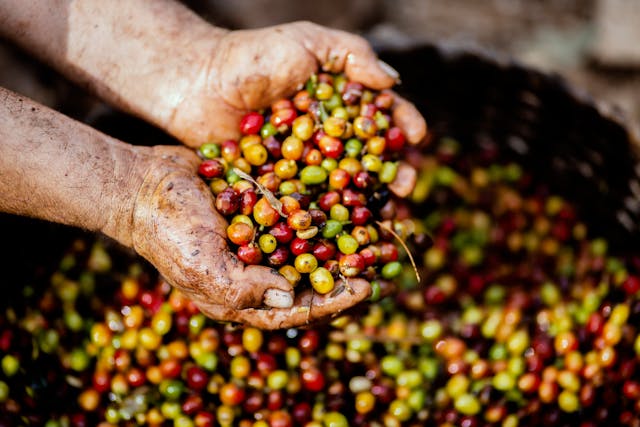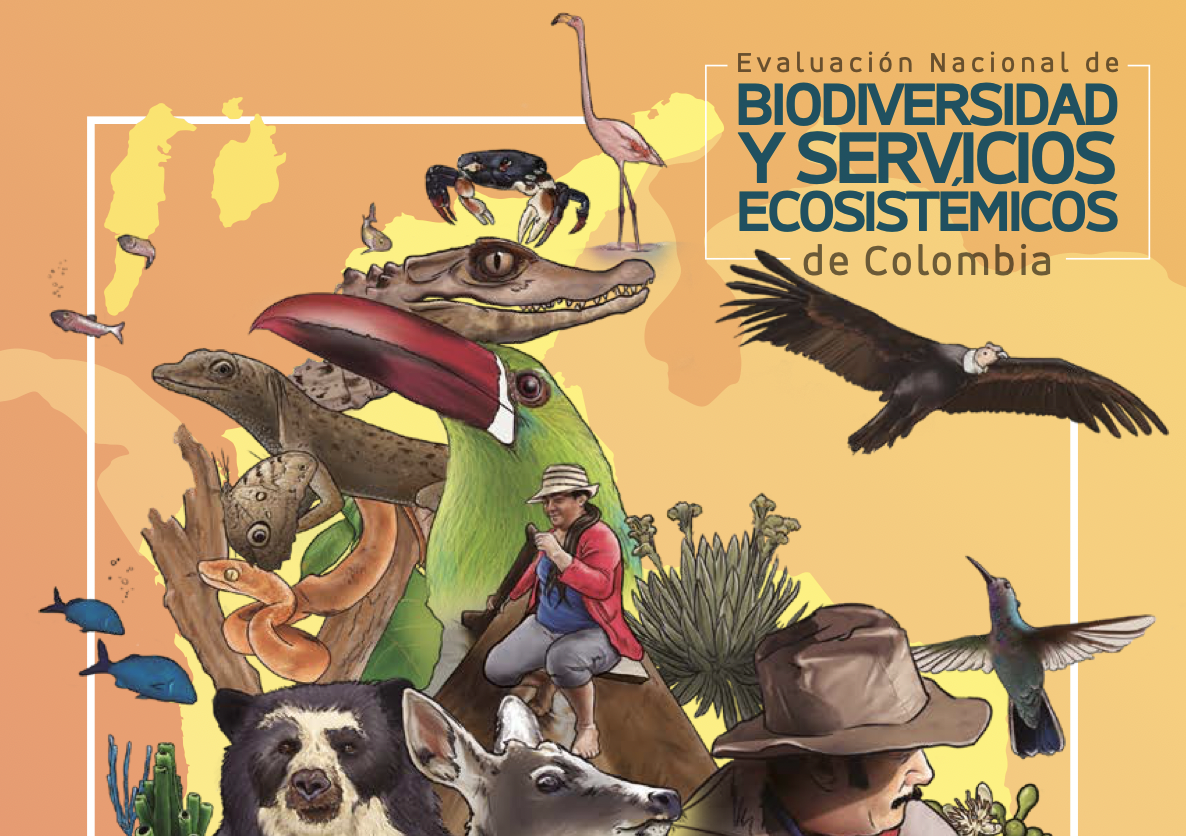Aim Soil and vegetation degradation are among the most serious consequences of overgrazed grasslands. Changes in vegetation may affect soil seed bank size and composition. We evaluated the contribution of the seed bank to the recovery of the degraded grasslands. Methods The vegetation and seed bank of a degraded grassland and in a good condition grassland of Patagonia were sampled for analysis of species richness and composition, vegetation cover, and seed density, focusing in all cases on functional groups. We also studied the influence of seasonal weather conditions (precipitation and temperature) on the vegetation and seed bank of the degraded grassland over 2 years. Results Vegetation cover and seed bank size were notably lower in the degraded grassland. Perennial grasses had been replaced by shrubs in the vegetation. Annual herb seed density was higher in the grassland in good condition than in the degraded grassland. Pappostipa speciosa were the only perennial grass seeds present in the seed banks of both grasslands. Species composition similarity of the seed banks of the two grasslands was high. Differences between years in the richness, vegetation cover, and seed bank size of functional groups in the degraded grassland were related to weather conditions.
Conclusions Recovery of the matrix species can improve the entire system through regeneration of microsites and an increase in soil fertility. To reduce overgrazing and halt soil degradation we suggest a decrease in the livestock stocking rate, allowing recovery of the vegetation from the soil seed bank, which represents a legacy from the previous vegetation.

























































































































































































































































































































































































































































































































